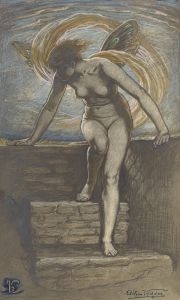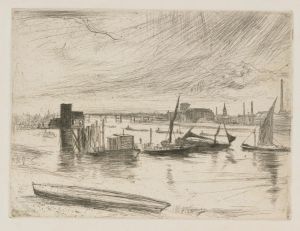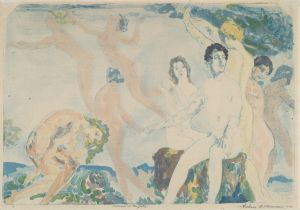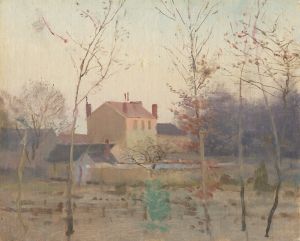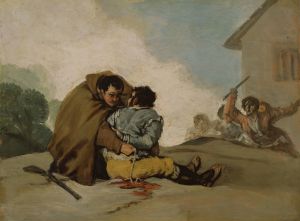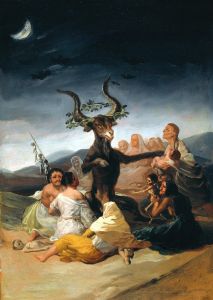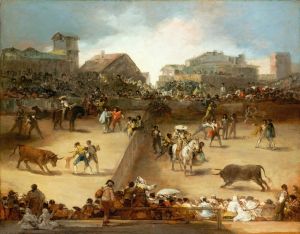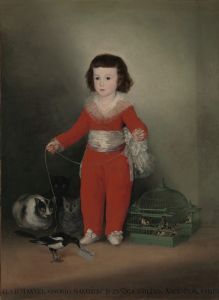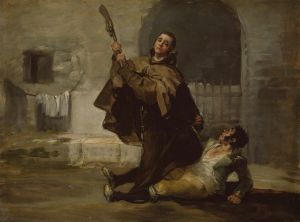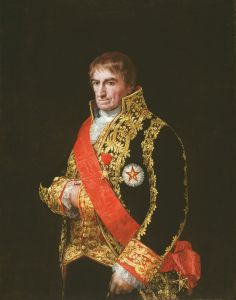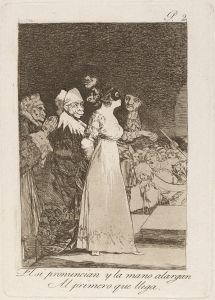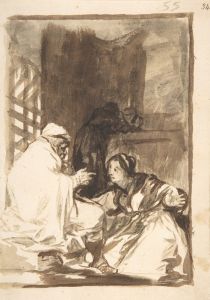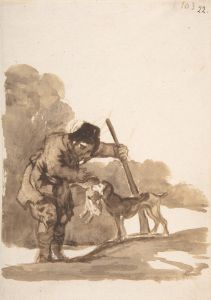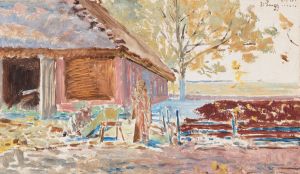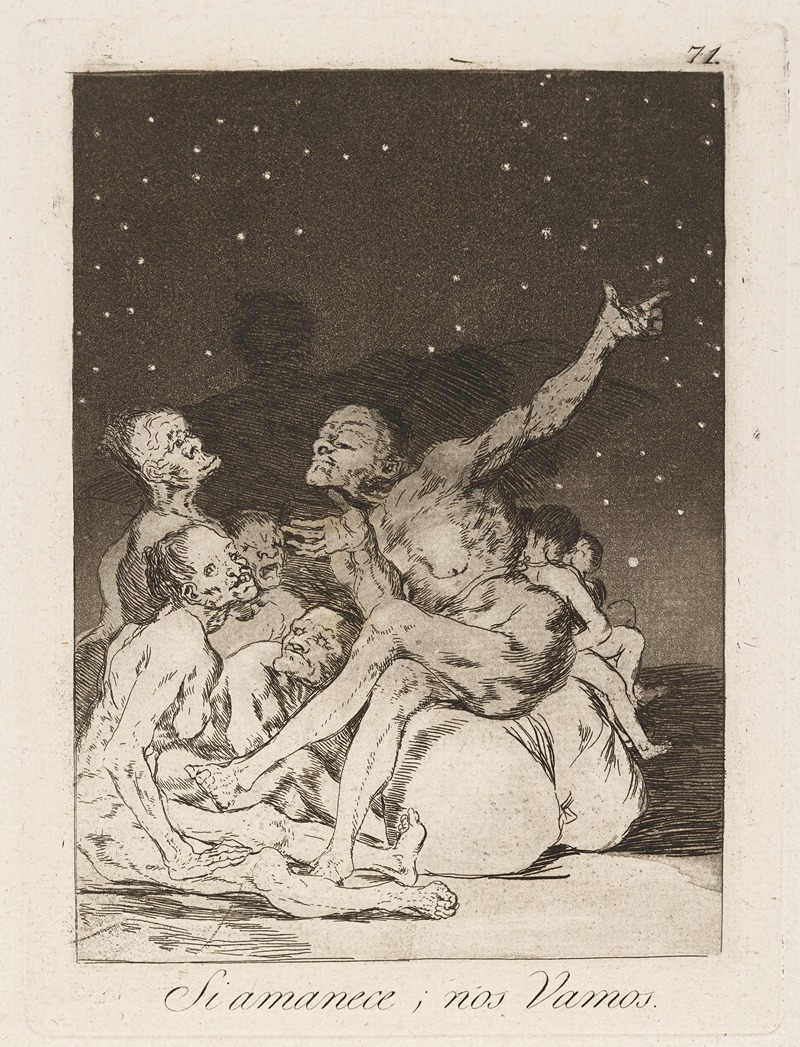
Si amanece; nos Vamos.
A hand-painted replica of Francisco de Goya’s masterpiece Si amanece; nos Vamos., meticulously crafted by professional artists to capture the true essence of the original. Each piece is created with museum-quality canvas and rare mineral pigments, carefully painted by experienced artists with delicate brushstrokes and rich, layered colors to perfectly recreate the texture of the original artwork. Unlike machine-printed reproductions, this hand-painted version brings the painting to life, infused with the artist’s emotions and skill in every stroke. Whether for personal collection or home decoration, it instantly elevates the artistic atmosphere of any space.
Francisco de Goya, one of Spain's most renowned painters, is celebrated for his profound impact on the art world, particularly through his works that delve into the complexities of human nature and society. However, specific information about a painting titled "Si amanece; nos Vamos" by Francisco de Goya is not readily available in historical records or art catalogs. It is possible that there may be some confusion regarding the title or attribution, as Goya's extensive body of work includes many pieces with varying themes and titles, but this particular title does not appear in the well-documented lists of his creations.
Goya's oeuvre is characterized by its diversity, ranging from portraits of the Spanish aristocracy to haunting depictions of war and suffering. His most famous works include "The Third of May 1808," "Saturn Devouring His Son," and the series of prints known as "Los Caprichos." These works showcase his ability to capture the emotional depth and psychological complexity of his subjects, often reflecting the turbulent social and political landscape of his time.
Throughout his career, Goya's style evolved significantly. He began with a Rococo influence, evident in his early tapestry cartoons, and gradually moved towards a more somber and expressive approach, particularly during his later years. This transition is often attributed to his personal experiences, including a severe illness that left him deaf and the political upheaval in Spain during the Napoleonic Wars.
Goya's "Black Paintings," created in the later years of his life, are particularly notable for their dark themes and raw emotional power. These works, painted directly onto the walls of his home, the Quinta del Sordo, reflect his inner turmoil and pessimistic view of humanity. While "Si amanece; nos Vamos" is not listed among these paintings, the themes of fear, despair, and existential reflection are prevalent throughout Goya's later works.
In addition to his paintings, Goya was a master printmaker, using the medium to critique societal norms and injustices. His series "Los Caprichos" and "The Disasters of War" are exemplary of his skill in etching and his ability to convey powerful messages through art.
Despite the lack of specific information about "Si amanece; nos Vamos," Goya's legacy as a pioneer of modern art is undisputed. His influence can be seen in the works of later artists such as Édouard Manet, Pablo Picasso, and Francis Bacon, who admired Goya's ability to confront the darker aspects of human existence.
For those interested in exploring Goya's work, many of his paintings and prints are housed in prominent museums, including the Prado Museum in Madrid, which holds the most comprehensive collection of his art. Through these works, Goya continues to captivate audiences with his profound insights into the human condition.





